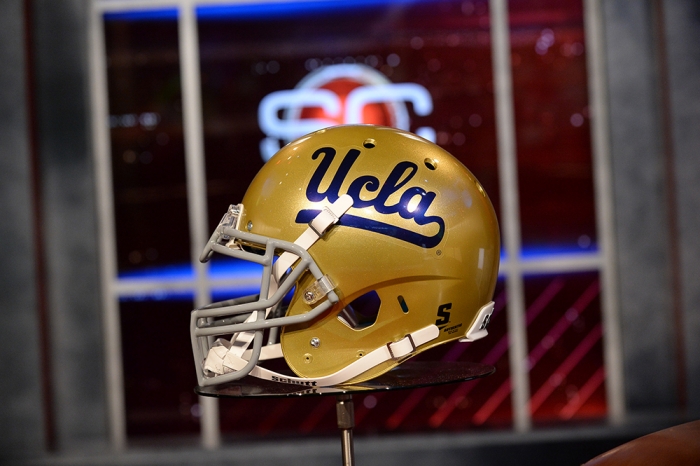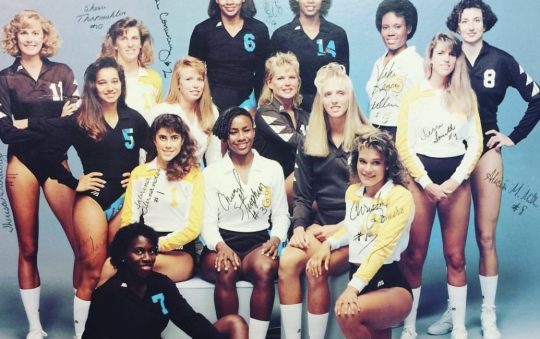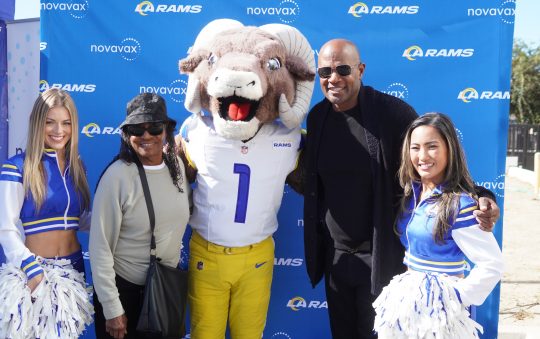
On Friday, UCLA released a four-phase plan to get their student athletes back on campus to prep for their new school year. The athletic department are allowing student athletes who live locally to return on campus starting this past Monday.
“It’s on a voluntary basis that every student athlete is welcome to come back,” said Matt Elliott, senior associate athletic director, internal operations. “If it is not appropriate … or student athletes don’t think this is the right place to be at this time for them, then we completely understand that and there will absolutely be no issues at all with them not returning.”
The university followed the guidelines set in place by the state of California and Los Angeles County Public Health. They consulted with health experts at the UCLA Health Center and the Pac-12 Medical Advisory Group in the process of creating the plan.
To get input from student athletes, coaches, and other members of the athletic department, they hosted townhalls and group meetings.
The first phase will consist of testing the student athletes for the COVID-19 virus and the antibody periodically. They will also be subjected to physical and mental health screenings, concussion, and other types of testing. People who come back to campus must fill out a questionnaire prior to their arrival and they will complete daily wellness surveys.
After their initial mental health screening, the mental health providers will meet up with teams to discuss individual players and team dynamics. Understanding the needs of the players along with the information they will get from teams will help shape the procedures of the phases.
In the second phase, student athletes will complete an athletic assessment so the sports medicine and sports performance teams can create individual training programs for the athletes. Facilities like the Acosta Athletic Complex and the Mo Ostin Basketball Center will reopen.
Student athletes will be able to return to practice in the third phase and teams will return to competition in phase four. The latter two phases have not been approved yet.
“Approval for phase three and four is still pending modification of both state and L.A. County Health orders to resume practicing and competing,” said Derek Doolittle, the associate athletic director of facilities, operations and capital projects at UCLA. “The return to practice will be contingent on a number of items including an individual being cleared both medically and athletically by our sports medicine and athletic performance staffs.”
UCLA athletics will also administer tracking and tracing protocol in case an individual tests positive. If an individual tests positive, they will be placed 14-day isolation in a designated single-room dorm and will be monitored daily by Student Health Services and the sports medicine staff.

(Photo by Rich Arden / ESPN Images)
Football players and athletes involved in fall Olympic sports who live approximately 50 miles from UCLA will be permitted to return first. Once the athletic department feels comfortable about how they are accommodating those student athletes, they will allow both basketball teams to return to campus.
The student athletes will be staying in single occupancy dorms. They will have scheduled weight room sessions where they must take a temperature check and have the time they arrived logged in their tracing system.
In their downtime, the student athletes will attend virtual team meetings and film review sessions for eight hours each week. Student athletes will also have the opportunity to complete summer school courses. UCLA Residential Life will create events and discussions for the student athletes.
“They’re gonna host different movie nights and [have] different leadership speakers come in,” said Erin Adkins, the associate athletic director of compliance. “They really want to have it feel like a residential community as best they can always in the policies related to social distancing.”







